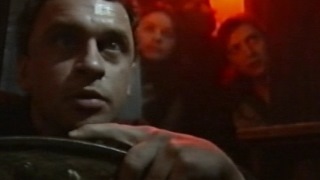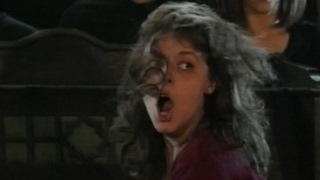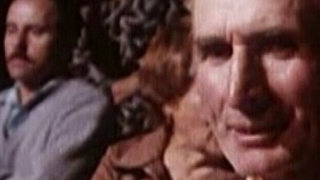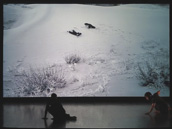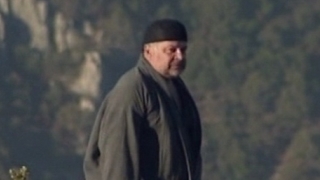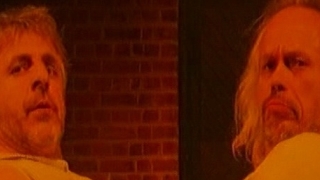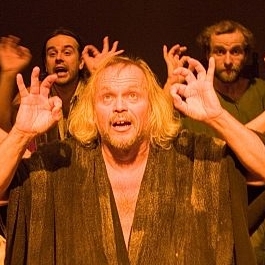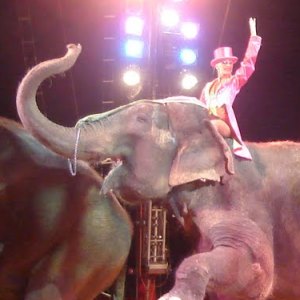The behaviour of animals on stage is unpredictable and difficult to control. Yet animals have often been used in performance by many groups and artists, exploiting these very qualities of surprise and unpredictability, from Rose English and Théâtre Equestre Zingaro, who both perform regularly with horses, through Socíetas Rafaello Sanzio, who work with children and animals, to Pina Bausch’s Wuppertal Dance Theatre. Historically, the circus was at the forefront of performance with live animals, until increasing concerns about exploitation in the 1980s led to the development of human-only circus events, led now by the hugely successful Canadian company Cirque du Soleil. In various actions and happenings, some performance artists have provoked sensitivities with their exploitation of dead and live animals. Joseph Beuys used a dead hare in How to Explain Pictures to a Dead Hare (1965) and a live coyote in Coyote: I Like America and America Likes Me (1974) as performance partners. He deployed these animals to provoke questions about human identity, the function of art as communication and human responsibility for nature. A performance’s liveness is also accentuated by the risk of animals’ unpredictability.
Other correspondences between humans and animals exist in concepts of actor training and performance, such as Tadashi Suzuki’s idea of performers utilising ‘animal energy’. Several directors and teachers also espouse biologically driven, impulsive, even irrational or at least non-cognitive behaviour in actor training and rehearsal that is somehow animalistic. This is different from, though not completely unrelated to, the imitative animal exercises that have become familiar in many acting processes, notable in Jacques Copeau's and Jacques Lecoq’s training. Thus, the presence of animals in performance, the challenges they pose theoretically and the models of behaviour they offer all add unusual complexity and richness to investigations of what performing might be. From the RCTP
Popular Theatre & Performance
Animals
Category

Video
This film, shot in the early part of the 1990s by leading Polish film-maker Jacek Petrycki, shows Gardzienice on the road in the Carpathian mountains in the Ukraine, rehearsing and training.
Video
In between researches stillness and transition, focusing on the moments,
during which nothing seems to happen, but without which, nothing can
happen.
Practitioner
Having worked with Grotowski for five years, Wlodzimierz Staniewski founded Gardzienice in 1977. Based in a Polish village, it is now one of Europe’s most innovative and distinguished theatre groups.
Related Items
Practitioner
Having worked with Grotowski for five years, Wlodzimierz Staniewski founded Gardzienice in 1977. Based in a Polish village, it is now one of Europe’s most innovative and distinguished theatre groups.
